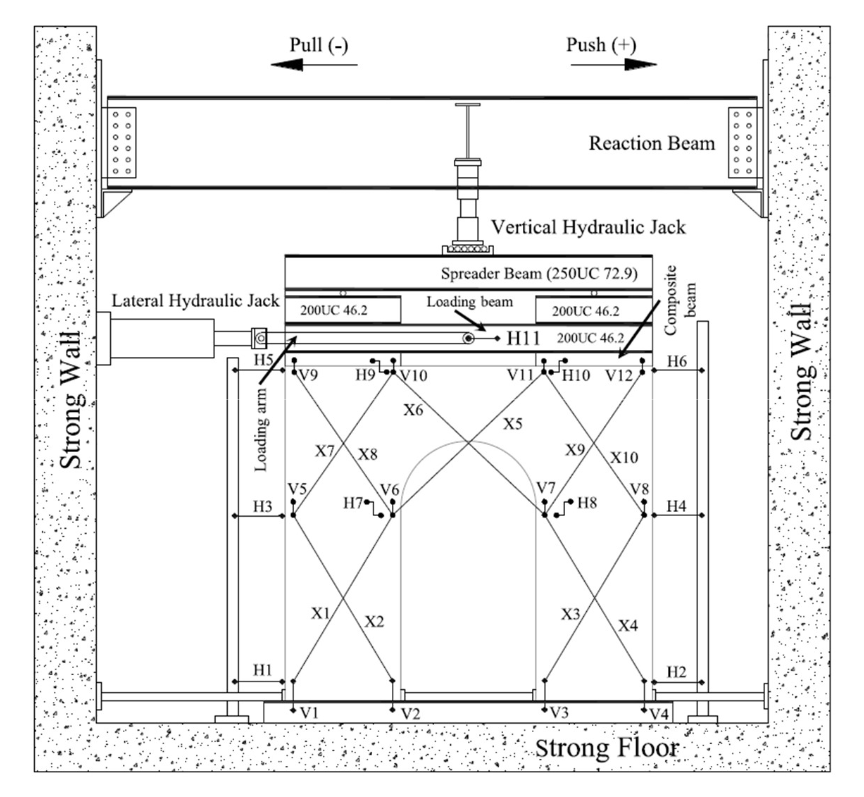1 PhD Student, Centre for Infrastructure Performance and Reliability, The University of Newcastle, University Drive,
Callaghan, NSW, Australia, lewis.gooch@uon.edu.au
2 Professor, Centre for Infrastructure Performance and Reliability, The University of Newcastle, University Drive,
Callaghan, NSW, Australia, mark.masia@newcastle.edu.au
3 Professor and Director, Centre for Infrastructure Performance and Reliability, The University of Newcastle,
University Drive, Callaghan, NSW, Australia, mark.stewart@newcastle.edu.au
ABSTRACT
A detailed and accurate stochastic analysis of a structure allows for greater insight into the variability of potential failure mechanisms than simplified analytical or deterministic finite element models. Furthermore, this technique facilitates an estimation of the reliability of the type of structure under examination. In order to perform an accurate stochastic numerical analysis of unreinforced masonry walls, the finite element model must be calibrated via experimentally obtained material properties as well as a baseline structural response. This facilitates the greatest accuracy for the applied numerical simulations and allows for an estimation of the model error of future simulations not compared to an explicit experimental counterpart. Considering an existing, detailed experimental study, a modelling strategy for examining unreinforced masonry walls with spatially variable material properties was developed. These analyses were able to estimate the
mean load resistance of the examined walls with a greater accuracy than a deterministic model, as well as capturing the variability of shear capacity and the observed damage to the experimentally
tested walls. As the tested specimens failed almost exclusively in a rocking mode, a failure mechanism highly dependent upon the structures’ geometry, the variability of the peak strength
was minimal. However, the observed damage and presence of some local sliding and stepped cracking indicates that the proposed methodology is likely to capture more variable and unstable failure modes in shear walls with a smaller height-to-length ratio or those subject to greater precompressions.
KEYWORDS: arched brick wall, monte-carlo simulation, shear wall, spatial variability,stochastic finite element analysis, unreinforced masonry
118-Gooch.pdf



